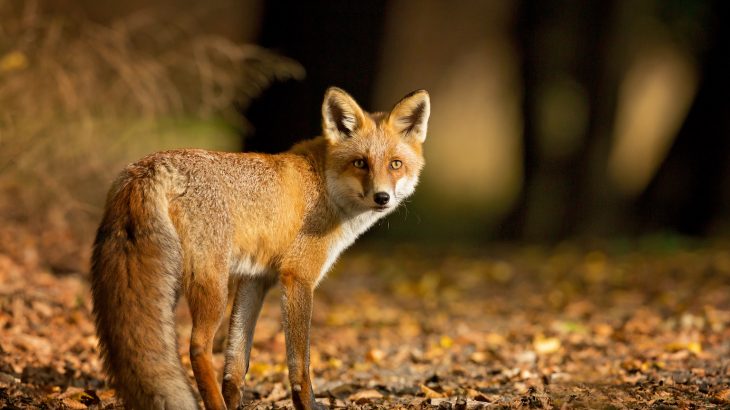LONDON : Humans domesticated foxes, along with dogs, between the third and second millennium BC, claim scientists who found that during the time the diet of these animals was similar to that of their owners.
The discovery of four foxes and a large number of dogs at the Can Roqueta (Barcelona) and Minferri (Lleida) sites stands out among the many examples of tombs in different parts of in the northeast of Iberian Peninsula.
These burials showed a generalised funeral practice that proliferated in the Early to Middle Bronze Age — that of burying humans together with domestic animals, the team said in a statement.
What is most striking about these sites is the way of burying the dead in large silos, along with their dogs and a few foxes.
“We discovered that in some cases the dogs received a special kind of food. We believe this is linked to their function as working dogs. Besides, one of the foxes shows signs of having already been a domestic animal in those times,” Aurora Grandal-d’Anglade, from University of A Coruna in Spain.
By means of studying stable carbon and nitrogen isotopes in bone collagen, as well as archaeological, archaeobiological and anthropological studies, researchers have been able to compare the diets of buried animals with their owners’ diet.
A total of 37 dogs, 19 domestic ungulates and 64 humans were analysed. The results indicate that the dogs’ diet was similar to that of humans.
The isotopic study of the Minferri foxes shows a varied diet: in some cases it looks similar to that of the dogs at that site, and in another it looks more like that of a wild animal or one that had little contact with humans.
“The case of the Can Roqueta fox is very special, because it is an old animal, with a broken leg. The fracture is still in its healing process, and shows signs of having been immobilised (cured) by humans,” said Grandal.
“The feeding of this animal is very unusual, as it is more akin to a puppy dog’s. We interpret it as a domestic animal that lived for a long time with humans,” he said.
The study points out that, in some particular cases in Can Roqueta, there was a specific cereal-rich food preparation for larger dogs probably used for carrying loads, and for at least one of the foxes.
“These specimens also show signs of disorders in the spinal column linked to the transport of heavy objects,” said Silvia Albizuri Canadell, an archaeozoologist at the University of Barcelona.
Other animals, such as cows, sheep or goats are noted for an herbivorous diet. Their function was probably to provide milk, meat or wool rather than serve as a work force.
“The horse was not yet widespread in those societies, no traces of it can be found until later times,” Canadell said.
The fundamental role of dogs during the Bronze Age, when livestock, along with agriculture, constituted the basis of the economy, was that of the surveillance and guidance of herds.
They were also responsible for taking care of human settlements, given the risk posed by the frequent presence of dangerous animals such as wolves or bears. (AGENCIES)
Trending Now
E-Paper


